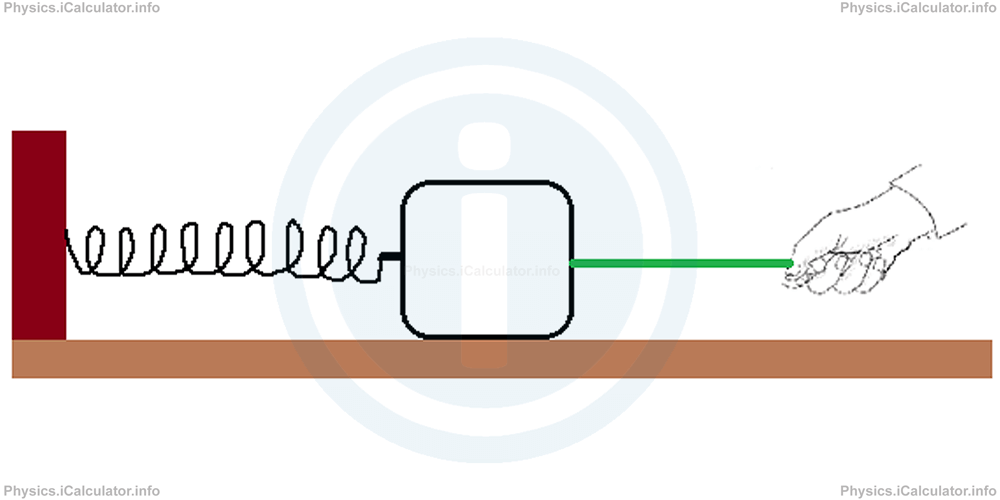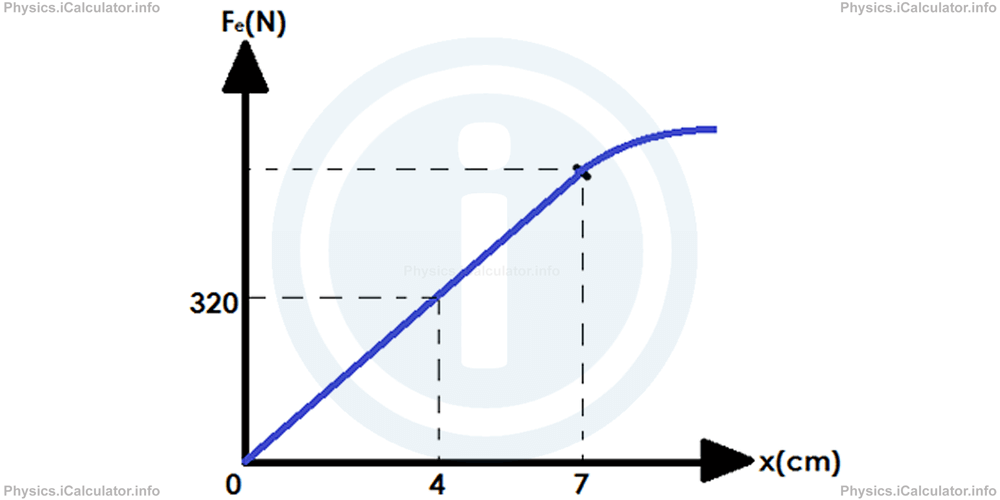Menu
Types of Forces III (Elastic Force and Tension)
Please provide a rating, it takes seconds and helps us to keep this resource free for all to use
The following physics revision questions are provided in support of the physics tutorial on Types of Forces III (Elastic Force and Tension). In addition to this tutorial, we also provide revision notes, a video tutorial, revision questions on this page (which allow you to check your understanding of the topic) and calculators which provide full, step by step calculations for each of the formula in the Types of Forces III (Elastic Force and Tension) tutorials. The Types of Forces III (Elastic Force and Tension) calculators are particularly useful for ensuring your step-by-step calculations are correct as well as ensuring your final result is accurate.
Not sure on some or part of the Types of Forces III (Elastic Force and Tension) questions? Review the tutorials and learning material for Types of Forces III (Elastic Force and Tension)
| Tutorial ID | Title | Tutorial | Video Tutorial | Revision Notes | Revision Questions | |
|---|---|---|---|---|---|---|
| 4.4 | Types of Forces III (Elastic Force and Tension) |
Types of Forces III (Elastic Force and Tension) Revision Questions
1. An object is hooked on a spring of constant 4000 N/m. As a result, the spring extends by 8cm. What is the mass of the object? (For simplicity, take the gravitational field strength equal to 10 N/kg).
- 320 kg
- 32 kg
- 5 kg
- 500 kg
Correct Answer: B
2. An object is pulled horizontally due right by using a rope while it is hooked at a spring on the left as shown in the figure.

The spring has a constant of 10000 N/m and it is tied to a fixed vertical wall. If the friction between the object and the ground is negligible, calculate the tension in the rope if the spring extends by 4 cm due to the action of the pulling force.
- 40 N
- 25 N
- 400 N
- 250 N
Correct Answer: C
3. The elastic force vs deformation graph of a spring is shown in the figure below.

What is the maximum weight the spring can hold without compromising its elastic behaviour?
- 80 N
- 1280 N
- 2140 N
- 560 N
Correct Answer: D
Whats next?
Enjoy the "Types of Forces III (Elastic Force and Tension)" practice questions? People who liked the "Types of Forces III (Elastic Force and Tension)" practice questions found the following resources useful:
- Practice Questions Feedback. Helps other - Leave a rating for this practice questions (see below)
- Dynamics Physics tutorial: Types of Forces III (Elastic Force and Tension). Read the Types of Forces III (Elastic Force and Tension) physics tutorial and build your physics knowledge of Dynamics
- Dynamics Revision Notes: Types of Forces III (Elastic Force and Tension). Print the notes so you can revise the key points covered in the physics tutorial for Types of Forces III (Elastic Force and Tension)
- Check your calculations for Dynamics questions with our excellent Dynamics calculators which contain full equations and calculations clearly displayed line by line. See the Dynamics Calculators by iCalculator™ below.
- Continuing learning dynamics - read our next physics tutorial: Newton's First Law of Motion. The Meaning of Inertia
Help others Learning Physics just like you
Please provide a rating, it takes seconds and helps us to keep this resource free for all to use
We hope you found this Physics tutorial "Types of Forces III (Elastic Force and Tension)" useful. If you did it would be great if you could spare the time to rate this physics tutorial (simply click on the number of stars that match your assessment of this physics learning aide) and/or share on social media, this helps us identify popular tutorials and calculators and expand our free learning resources to support our users around the world have free access to expand their knowledge of physics and other disciplines.